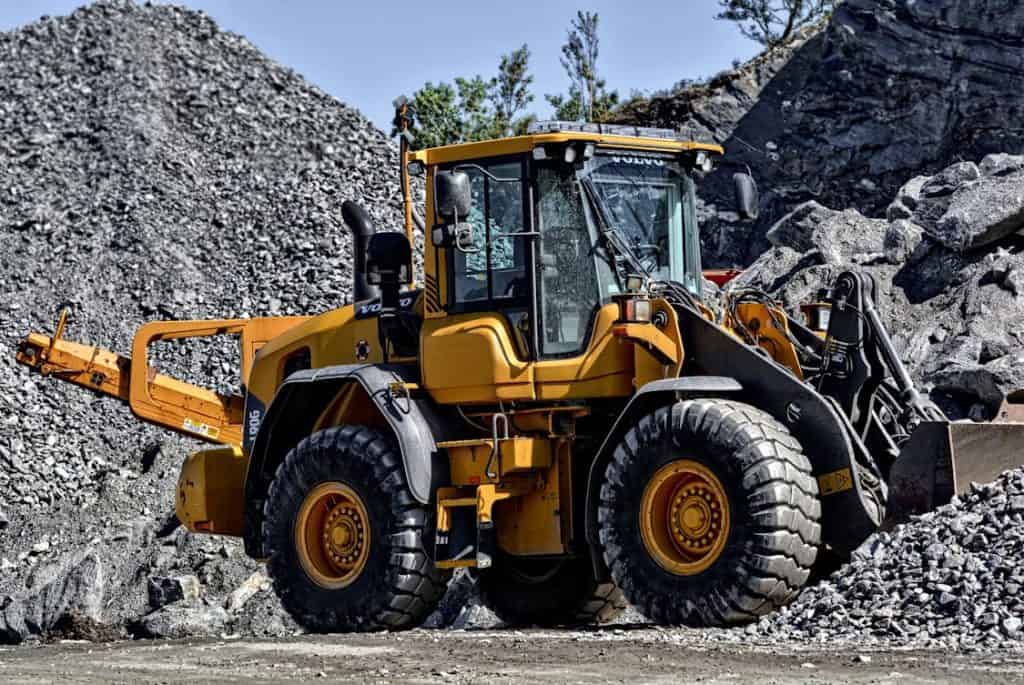Equipment leaseback deals can be an appealing choice for businesses looking to free up cash while retaining the use of essential machinery or equipment. However, stepping into such an arrangement requires careful thought and understanding.
If your business needs liquidity without sacrificing productivity, you might benefit from exploring an equipment sale and leaseback arrangement. Below are five critical aspects to consider before putting pen to paper on an equipment leaseback agreement.
1. Understand the Structure of the Deal
Equipment leaseback arrangements involve selling your equipment to a lessor, followed by leasing it back. This means you get an influx of cash but must pay ongoing lease payments.
Grasping the basics of this structure is crucial. You’re essentially turning your asset into liquidity, which can be a double-edged sword. The lease payments can vary based on the equipment’s value, the term of the lease, and your negotiation skills.
A longer lease term might result in lower monthly payments, but it could create long-term financial obligations. It’s essential to assess how these payments fit into your overall financial planning.
Moreover, be aware of the potential for hidden costs, such as maintenance fees or penalties for early termination. Scrutinize the lease documents thoroughly to uncover any such stipulations. Transparency in the deal structure will prevent unwelcome surprises down the line.
Lastly, understand what happens at the end of the lease. Will you have the option to purchase the equipment back? Knowing these details can prevent future financial missteps.
2. Evaluate the Financial Implications
Before signing, it’s vital to dive into the financial aspects of the leaseback. This starts with calculating the total cost of the lease relative to the amount of cash you receive upfront. A leaseback might seem attractive initially, but the long-term costs can add up.
Consider the opportunity cost of the sale. The cash gained from selling the equipment may be used for immediate expenses, but will it yield a better return than keeping the equipment? Weighing these factors helps in assessing whether the leaseback is the most beneficial route for your business.
Tax implications also play a significant role. Lease payments are typically tax-deductible, which can lighten your financial burden.
However, selling the equipment means losing any depreciation deductions you might have previously claimed. Consulting a tax advisor can clarify how this affects your bottom line.
Finally, don’t overlook the impact on your credit rating. A leaseback can sometimes be viewed as a liability, which may affect your ability to secure further financing. Understanding these financial implications is critical for making an informed decision.
3. Assess the Condition and Value of the Equipment

Before entering into a leaseback agreement, take a hard look at the equipment in question. Its condition and current market value will heavily influence the terms of the lease. An appraisal or assessment can provide you with a clearer picture of what you might expect in return.
Equipment that is outdated or in poor condition may not fetch a good sale price, which could lead to less favorable lease terms.
On the flip side, well-maintained equipment can serve as a strong asset in negotiations. Make sure you have documentation to support the equipment’s condition, including maintenance records.
Additionally, understanding the depreciation timeline of the equipment is vital. Different assets depreciate at different rates, and knowing how this affects resale value will aid in negotiating a fair deal.
Paying attention to market trends can also provide insight. If the equipment is likely to remain valuable in the foreseeable future, this could work in your favor as you negotiate lease terms.
4. Know Your Rights and Obligations
Every leaseback agreement comes with its own set of rights and obligations. Familiarize yourself with these before you sign anything. This includes understanding what happens if you default on payments or if the lessor needs to repossess the equipment.
Some agreements may require you to maintain the equipment in good condition. Failure to do so could incur additional charges or even lead to the lease being voided. Make sure you understand the maintenance responsibilities outlined in the contract.
Additionally, it’s vital to know what recourse you have if the lessor fails to uphold their end of the bargain. Review the terms regarding service and repairs.
Will you be responsible for these? If issues arise, understanding your options can save you from potential headaches.
Finally, check for clauses that might limit your use of the equipment. Some leaseback agreements may impose restrictions on how you can utilize the leased equipment, so be sure to clarify these points upfront.
5. Consult with Professionals
Before making any final decisions, consulting with industry professionals is often a wise move. This can include financial advisors, attorneys, and equipment appraisers. Each can provide valuable perspectives that you may not have considered.
A financial advisor can help you analyze the deal’s impact on your cash flow and overall financial health. They can also assist in assessing whether this is the right time for a leaseback based on broader market conditions.
Legal counsel is equally critical. An attorney can comb through the contract to identify loopholes or unfavorable clauses that may not be apparent to the untrained eye. Having a legal expert’s guidance can protect your interests and offer peace of mind.
Lastly, reaching out to other businesses that have undergone similar transactions can provide real-world insights. They can share experiences, tips, and potential pitfalls to avoid. This kind of due diligence can provide a broader perspective on the feasibility and risks associated with leaseback arrangements.


